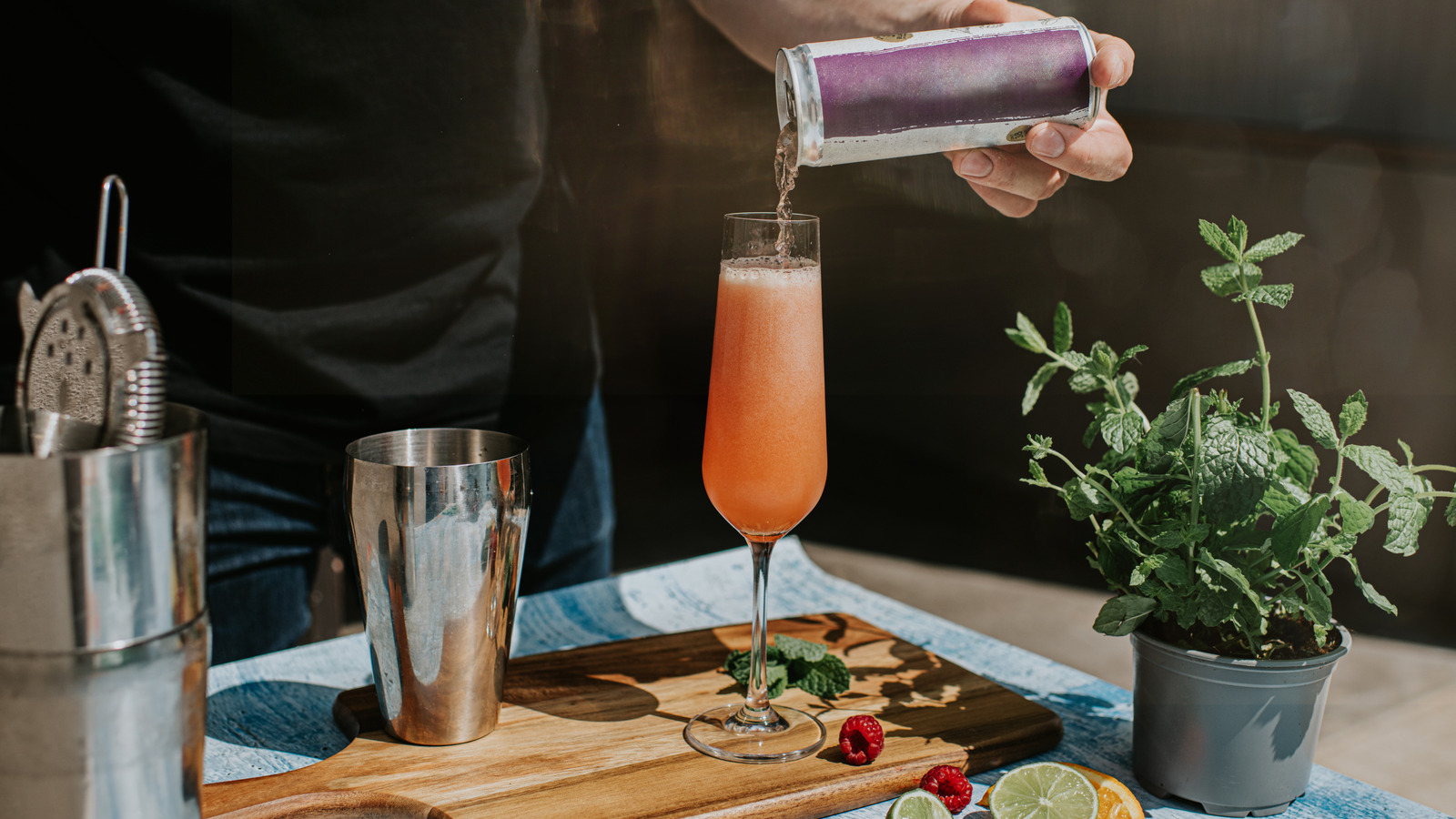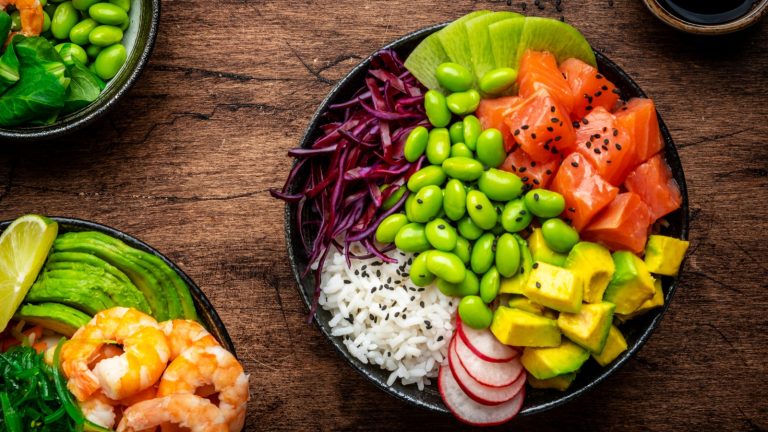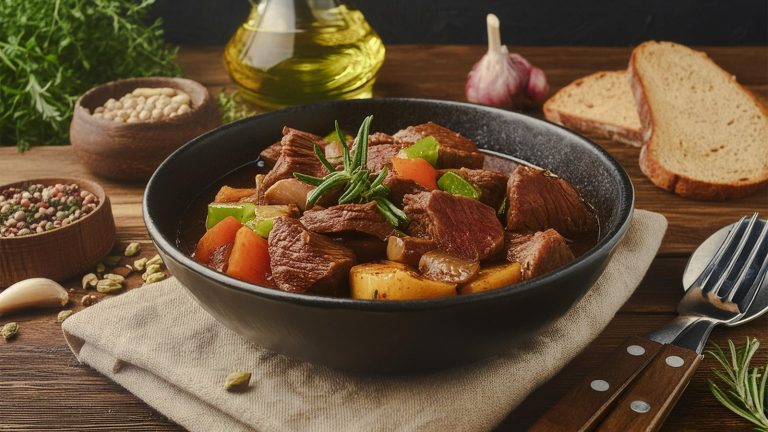Long before dopamine became a TikTok-trending drink, it was mostly known in scientific circles as a neurotransmitter created in the human brain. Its purpose is multi-layered, but recent dopamine-drink devotion centers on the “feel good” effect — thus the “happy hormone” nickname, along with its cohort, serotonin. Those two hormones have also been linked to delicious food imagery and nostalgia eating impacting taste perceptions. But somehow dopamine leaped from naturally brain-generated hormones to people supposedly sipping it in liquid form. How that happened is somewhat mysterious, so we reached out to an expert on the topic.
With some insight from Kat Benson, a Registered Dietitian-Nutritionist at Top Nutrition Coaching, we now have the science-based lowdown on dopamine drinks. They are a real thing — but with some caveats. “Dopamine drinks are trending as beverages people claim can boost motivation, focus, energy, and mood,” Benson explains, noting that natural dopamine is involved in the brains’ reward and motivation systems. The presumption is that “dopamine drinks” boost actual dopamine production, but it’s not that simple. According to Benson, other ingredients in the drinks may heavily influence the resulting energy boost.
“These drinks typically include ingredients like coffee or green tea for caffeine, amino acids such as L-theanine or L-tyrosine, electrolytes, adaptogens like ashwagandha or Rhodiola, and fruit or fruit juice to provide natural sugars and vitamins,” Benson reveals. “The sugar content can provide quick energy and may briefly influence dopamine activity, though the effects are short-lived and more related to general arousal and blood sugar than targeted neurotransmitter support.”
There’s more to the dopamine drink sensation
Adding to the mystique of dopamine drinks is the wide array of available flavors, which can add to the illusion of genuine brain-produced dopamine results. Benson notes that strong flavors or temperatures, such as sour, spicy, or icy-cold sensations, could themselves contribute to a sensory “wake-up” effect. Injecting flavors and other added ingredients are “potentially” legitimate, but it doesn’t guarantee a real dopamine surge.
“Dopamine is complex and tightly regulated,” Benson explains. “You might feel more energized or focused after one of these drinks—especially if you were under-fueled or sleep-deprived—but that doesn’t mean the drink is increasing dopamine on its own.” Instead, long-term dopamine benefits are more likely to come from things like sunshine, adequate sleep, exercise, mental health support, social interaction, stress management, and balanced meals with healthy fats, fiber, and protein. “A drink might support that,” she says, “but it’s not a shortcut.”
That said, a few liquid ingestibles may carry potential for genuine dopamine production or absorption, including caffeine. That’s right, coffee may actually make us happier, though it doesn’t necessarily increase dopamine levels. It might increase dopamine receptor sensitivity, according to Benson, which could boost feelings of alertness and motivation. Other amino acids added to dopamine drinks, such as L-tyrosine, potentially help the brain produce dopamine, as do some adaptogens and vitamins. But in end, she says, “A ‘dopamine drink’ might feel good, but it’s not a shortcut to motivation. At best, it’s a helpful morning ritual — not a miracle.”






